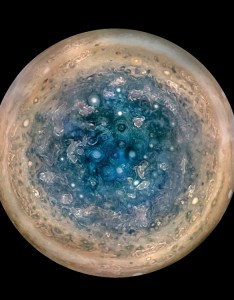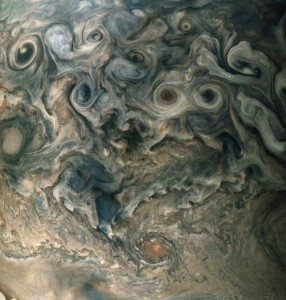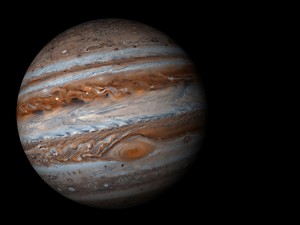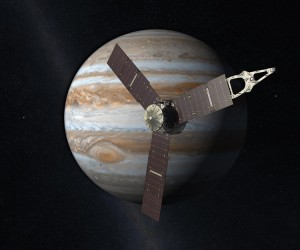Mythic Monday: Vigilant Juno
Monday, June 26th, 2017June 26, 2017
Juno was the most powerful goddess of ancient Roman mythology. She was married to Jupiter, the king of the gods, and she was the queen. The Romans considered Juno a protector who would warn them of danger to their empire. Major shrines dedicated to Juno, Jupiter, and Minerva, the goddess of wisdom, stood on the Capitoline Hill, the religious center of ancient Rome. Juno’s shrine housed a flock of geese, which were sacred to the goddess. Legend claimed that the geese once saved Rome when their honking alerted the Romans to enemies sneaking up on the city.

A marble statue of Juno holding the golden apple of discord stands in a park in Sokyryntsi, Ukraine. Credit: © IMG Stock Studio/Shutterstock
Juno received special devotion from Roman women. She was the goddess of marriage, and her name may have been the source for the name of the month of June—still a popular month for marriages today. She was also the goddess of childbirth. In that role, she was called Juno Lucina, which means Juno Who Brings to Light.
Many stories about Juno come from Greek mythology. After the Romans came into contact with the Greeks, they identified Juno with Hera, the wife of Zeus, the king of the Greek gods. Although both Juno and Hera were goddesses of marriage, their own marriages were portrayed as rather stormy. Modern historians believe the reasons for this go back to ancient—very ancient—Greek history.
The hierarchy and worship of ancient Greek gods was not always as we understand it and label it today. People in different parts of ancient Greece often worshiped different gods, and only after cultures mixed were the religious traditions interwoven. In some areas, people had worshiped Hera for many generations before they ran into people who worshiped the sky god Zeus. Modern historians think the two religious traditions eventually merged, and this was expressed in mythical legends as a marriage between Hera and Zeus. The new people did not always get along, and thus neither did their gods. The legends further described other goddesses (and mortal women, too) as rivals for Zeus’s affections, and Hera came to be pictured as a jealous and vengeful wife. The Romans absorbed these stories into their own mythology, and they similarly portrayed Juno as a wife with many rivals who had to keep a watchful eye on her husband.
Juno’s watchful ways have not entirely disappeared, even today in the 21st century. In 2011, NASA sent an unmanned spacecraft called Juno on a mission to Jupiter, the largest planet in our solar system. Juno arrived at Jupiter in 2016, and has since been observing the planet’s unique and often turbulent behavior. Juno remains as vigilant as ever.






